|
Listen to this article
|
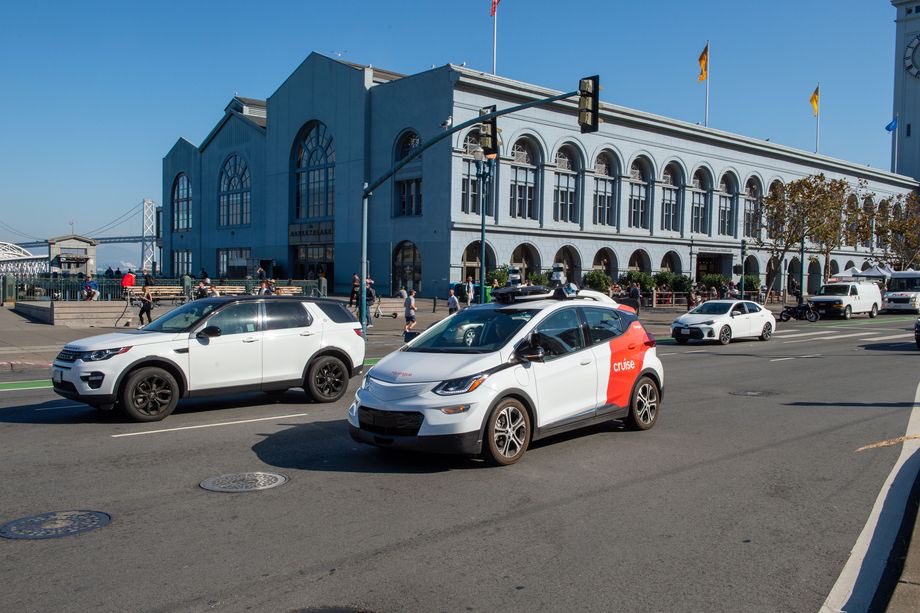
Cruise, the self-driving subsidiary of General Motors, raised $2 billion in new equity funding today. The San Francisco-based company said its post-money valuation is $30 billion. Cruise has raised about $7.3 billion since it was founded in 2013.
GM, Honda Motor, and other institutional investors participated in the funding round. GM remains the majority stakeholder. Interestingly, Microsoft also participated in the round, contributing an undisclosed amount of funding to Cruise. Microsoft and Cruise have also formed a “long-term partnership” in which Cruise will use Microsoft’s Azure cloud computing service for its autonomous vehicles. Autonomous vehicles at scale will generate massive amounts of data. So cloud services could be one of the bigger costs for autonomous vehicle companies.
“Microsoft, as the gold standard in the trustworthy democratization of technology, will be a force multiplier for us as we commercialize our fleet of self-driving, all-electric, shared vehicles,” Cruise CEO Dan Ammann said in a statement.
This is Microsoft’s first major partnership with an autonomous vehicle company. But the partnership isn’t exclusive, which allows Microsoft to provide its cloud services to Cruise’s competition. Microsoft has quietly built a variety of tools to help companies “accelerate vehicle innovation.” This includes Azure high-performance computing products, a program for autonomous driving startups, Azure Maps, and an autonomous vehicle simulation platform called “Cognata.”
“Advances in digital technology are redefining every aspect of our work and life, including how we move people and goods,” Microsoft CEO Satya Nadella said in a statement. “As Cruise and GM’s preferred cloud, we will apply the power of Azure to help them scale and make autonomous transportation mainstream.”
Despite COVID-19 throwing many autonomous vehicle companies for a loop in 2020, Cruise managed to have a productive year. In January 2020, Cruise introduced its Origin ride-sharing vehicle, a result of a collaboration among Cruise, GM, and Honda. In mid-2020, Cruise acquired German radar manufacturer Astyx. In November, it announced a partnership with Walmart to test an autonomous delivery service that will start in early 2021 in Scottsdale, Arizona.
And in early December, Cruise began testing its autonomous vehicles without a human safety driver behind the wheel. A Cruise employee is still sitting in the passenger seat with access to an emergency stop button, but it has to start somewhere. Cruise has driven more than 2 million miles on the streets of San Francisco over a five-year period.
Kyle Vogt, co-founder, president & CTO at Cruise, posted a thread on Twitter about today’s funding. In the thread he addresses a question we have frequently discussed on The Robot Report Podcast: how can an autonomous vehicle company with few, if any, customers be worth so much money? We’ve re-produced Vogt’s thread below:
“Today Cruise announced over $2 billion of new funding from Microsoft, GM, Honda, and some great institutional investors.
“The vanity metric: $30 billion post-money valuation
“The real metric: 0 million customers
“Wait … what?
“Food. Energy. Real Estate. Transportation. The handful of true multi-trillion dollar markets and the building blocks of human life. Substantial change here requires – at minimum – the proverbial “10x better” product. That is a hard thing to build.
“Cars are driven by humans. Humans improved safety by ~2x in ~50x years. We suck. Robots are likely to improve this by 100x or more in 3-5 years. That is a big deal. Car accidents are the #1 killer of teenagers in the US, a very uncomfortable fact.
1/ Today @Cruise announced over $2 billion of new funding from Microsoft, GM, Honda, and some great institutional investors.
The vanity metric: $30 billion post-money valuation
The real metric: 0 million customersWait… what?
— Kyle Vogt (@kvogt) January 19, 2021
“AVs will be a major lifestyle upgrade for billions of people, and one that requires almost zero effort to unlock.
“Tech to do this is hard. It’s not just AI, but realtime, safety-critical AI. There’s also manufacturing, industrializing new tech, and rollout of fleets. Few companies can acquire or already possess the critical mass of talent, capital, tech, and expertise to pull this off.
“Even fewer co’s will achieve escape velocity; most will end up being worth nothing. There will be little incentive to use any product that’s not one of the best.
“A handful of front-runner AV companies that look most likely to win are attracting substantially all of the best human capital and a huge chunk of the financial capital.
“That is how a company without millions of customers can be valued at $30 billion. We’ve made some incredible progress towards this vision, but there is much left to do. Back to work!”
GM acquired Cruise in 2016 for about $1 billion. Cruise secured a $2.25 billion investment from the SoftBank Vision Fund in 2018. Then in May 2019 it raised another $1.15 billion, which then valued the company at $19 billion.



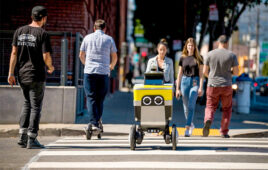
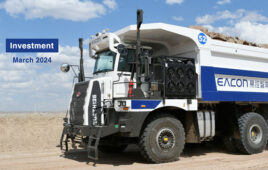
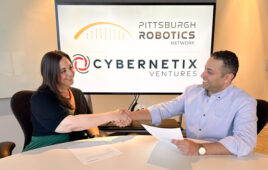
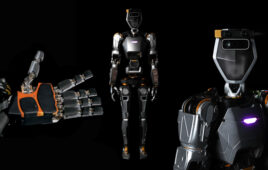
Tell Us What You Think!